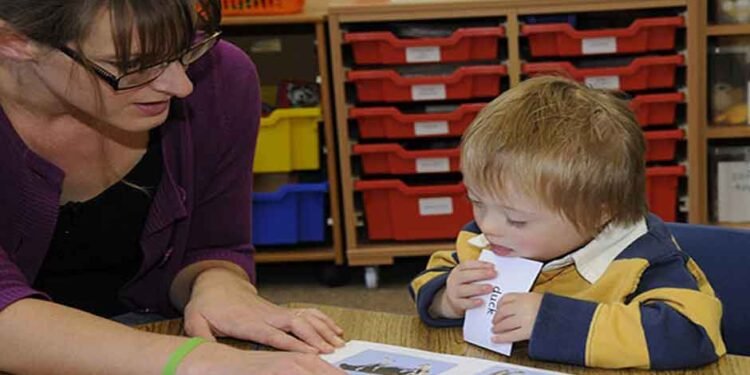Speech and language form a vital part of everyday life. For billions of people, the gift of speech is an important part of self-expression and plays a key role in how you interact with others. In work and your personal life, language helps with virtually every activity. However, it is important to recognize that for some people, speech and language present a serious challenge. For example, people who have more severe forms of autism may not be able to communicate effectively, perhaps being completely non-verbal.
This can make it increasingly difficult to interact with others, hold down a professional career, and form meaningful relationships. However, it is important to understand that when speech and language present barriers to development, there are other avenues to consider. Non-verbal communication, when understood and utilized effectively can help people with language problems to express themselves. In this article, some strategies for non-verbal communication will be explored.
Understand non-verbal cues
Firstly, it is important to understand that not all language is spoken. There are hundreds of non-verbal cues that range from a person’s body language, including hand movements, and facial expressions that can indicate what they are expressing. Learning the range of non-verbal cues can be a vital step to understanding the thoughts and feelings of a person who has difficulties with verbal communication.
Parents of young children typically learn these non-verbal cues as they are raising an infant and will adopt similar postures to make their actions understood. If you have a child or adult who is non-verbal, it is important to define certain non-verbal expressions so that they can be readily understood. In addition, accurate identification of non-verbal cues can help you to ascertain what that person needs or the emotions that they are experiencing.
Find educational strategies from dedicated apps
In 2024 there is a wide range of professionally produced apps that can help with non-verbal communication. For example, there are a range of high-quality apps for autistic adults that include resources and guidance in promoting effective non-verbal communication. As previously mentioned, many people with severe autism may be completely unable to communicate verbally. This can lead to intense frustration on their part and can make daily routines incredibly difficult. Such apps will help parents or caregivers of people with language difficulties to understand their behavior. Many apps will include tasks and activities that can build and improve non-verbal communication. This can lead to improved self-expression and being able to gain greater control over daily routines and the wishes and needs of people with communication difficulties.
Find other avenues of expression
Finally, anyone who has difficulties with conventional language and speech must be able to enjoy other forms of self-expression. For example, older adults who struggle to communicate due to advanced dementia find that they can benefit from music therapy. The simple act of listening to a favorite piece of music can bring back positive memories and create happiness and satisfaction during sessions.
In addition, people with language difficulties can learn to express themselves by playing music. Learning to play the guitar can be an incredibly rewarding experience, and the enjoyment may be magnified further in people who struggle with spoken language. Other forms of art (such as drawing and painting) may also allow non-verbal people to communicate in unique ways, while also developing a skill that provides feelings of self-achievement.












